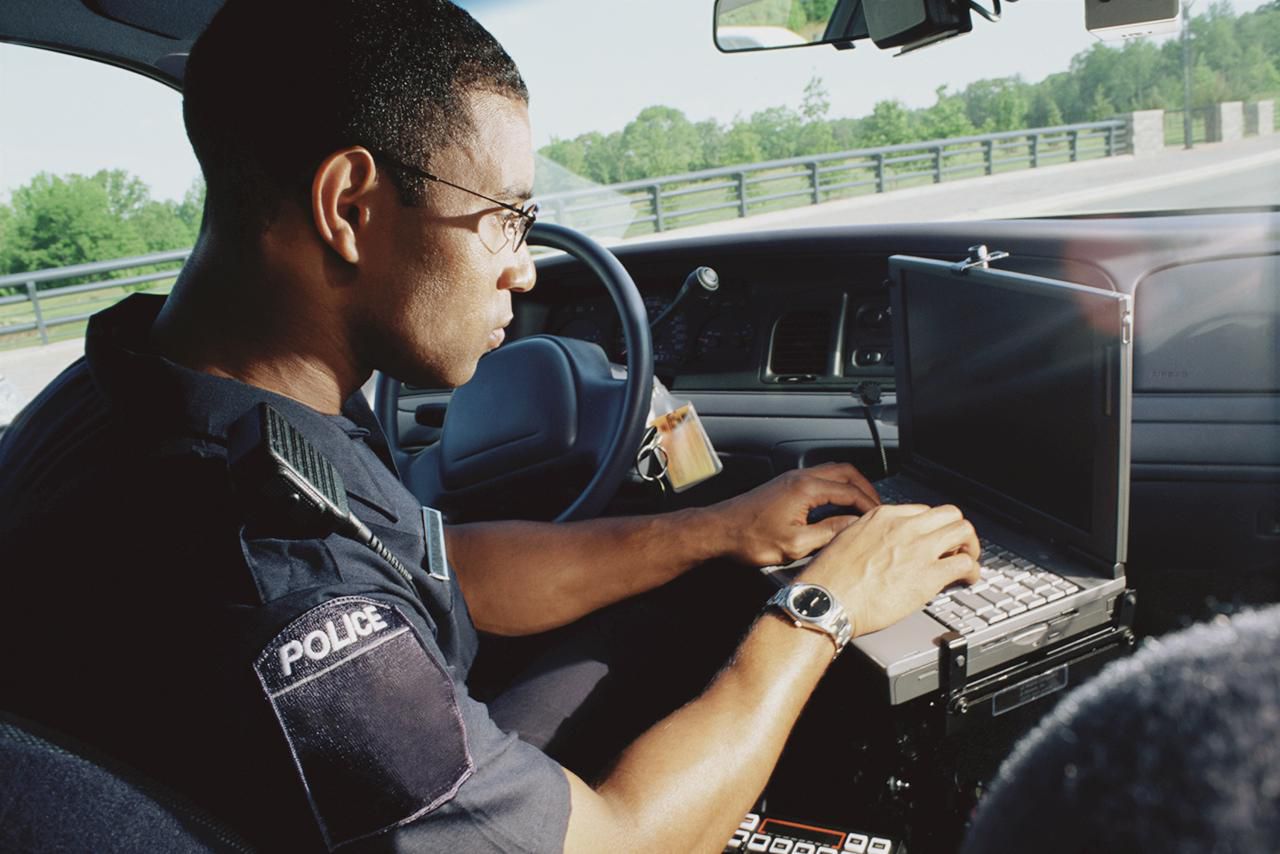Technology is transforming policing in the 21st century. It’s introducing new methods to fight criminals while new crime categories appear.
For example, according to the FBI, while many police departments across the country use drones for sky-eye, these flying machines are also used for criminal activity.
In 2016, technologies such as drones had just been rolled out across the institution. Now, with the rapid pace of technological development, government agencies are using these tools and more to improve public safety, catch criminals, and find new and innovative ways to save lives.

Technological Development and the Use of Digital Tools in Criminal Investigations
Technology has dramatically reduced manual work and digitized data, making it easier to access old files and understand the stories of criminals.
For instance, top proxy services offer a wider pool for investigators to obtain information regarding a person or community of interest.
Proxies allow an investigator to access various blocked websites while remaining undetected.
Even social media plays a role in building a person’s background.
The advent of technology has made the entire criminal investigation process more transparent.
Certain tools create an interface between the public and the police. Citizens can easily and effectively lodge complaints with the police.
With global advancements and rapid technological growth, law enforcement must adapt to a changing world.
As the world modernizes, so does crime, taking new forms such as cyberbullying, money theft, data theft, ransomware, website spoofing, and IoT hacking.
You need technology to bridge complexity and act in a timely manner.
Criminal investigation departments across the globe utilize various technological developments to enhance public safety, save lives, and catch criminals. Let’s discuss a few of the latest ones.
Facial Recognition Software
One controversial new policing tool is facial recognition software. Many feared unethical use when this tool first entered the law enforcement repertoire. Truth be told, it’s too early to say what the future will bring.
Facial recognition software aims to improve security. Using it, NYPD officers were able to locate and arrest a rape suspect within 24 hours of the attack.
Facial recognition holds so much promise that by 2023, the U.S. Department of Homeland Security predicts that 97% of travelers will encounter facial recognition during their travels.
Body-Worn Cameras
Today, videos of police officers doing their jobs are everywhere and visible in many high-profile cases that have come under intense public and media scrutiny.
As more cities and towns choose to equip the police with body-worn cameras, the ability of law enforcement and the public to gain insight into policing methods have expanded dramatically, furthering the discussion of racism and sexual misconduct.
In addition to being small and durable, body-worn cameras integrate with vehicle systems to provide synchronized video of events from multiple angles.
Other advancements in this arena include higher resolution, clearer audio, a wider field of view, and improved resilience to environmental conditions such as extreme cold.
Other features include smart holsters designed to activate body cameras whenever officers draw their guns.
Language Technology
An officer’s patrol car functions as a mobile command center. This means that officers have numerous computers and tools to use in a criminal investigation while they’re on the go. However, with so many different features, multitasking may prove difficult.
One of the latest innovations to be incorporated into police cars is voice command technology.
It allows the officer to control many vehicle functions while driving or performing other policing duties.
The features of these command systems vary, but most can handle instructions such as manipulating a license plate or sounding a siren.
These latest technology capabilities make filing reports much more effortless. The officer can dictate the note, recorded directly into the agency’s RMS system.
The Implications of Technology in Criminal Investigations
As police technology advances, law enforcement agencies are keenly interested in changing how they work.
New tools both positively impact the safety of police officers and the general public and ethical issues surrounding the right to privacy.
Police chiefs and agency heads need to understand the strengths and weaknesses each tool brings.
With this knowledge, they can make well-informed recommendations on which technologies their departments and communities should invest in.
Consequently, all law enforcement leaders need to commit to lifelong learning to keep up with the accelerating development of policing technologies.

